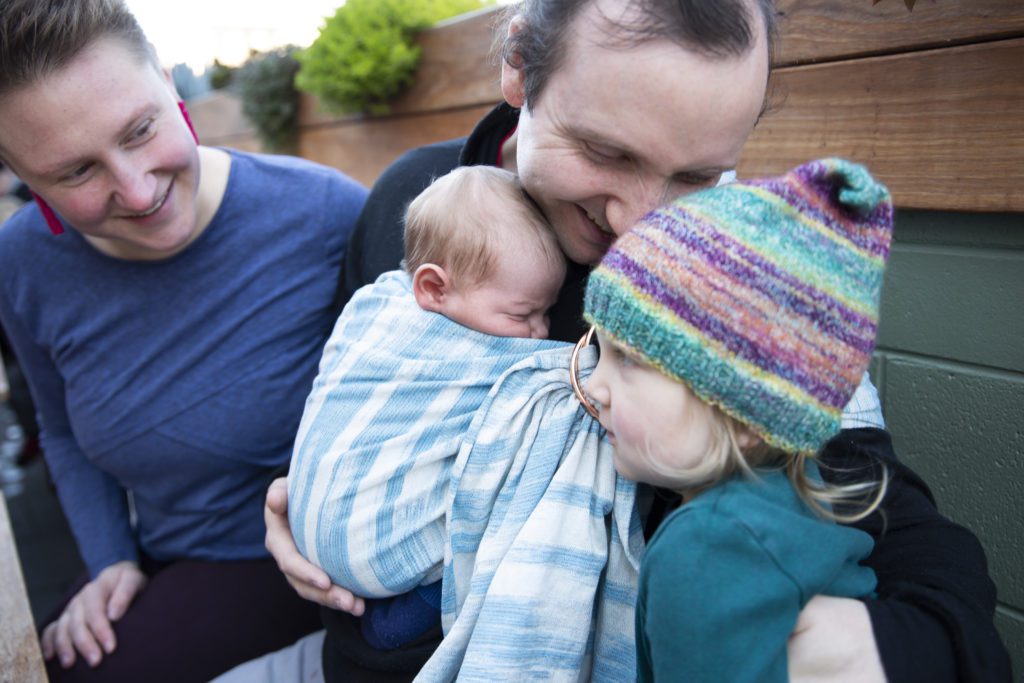Since the beginning of humanity babies have depended on their caregivers. This was, from the very beginning, biological instinct both for the baby to know they were safe when they were held, and for the caregiver to respond to the babies cries and hold them close. This wasn’t seen as a burden. This was accepted as normal infant behaviour.
Over time our civilisation has changed. Modern society idolises productivity and fears letting the baby “take control”. Some of this stems back to the Industrial Revolution when each adult was expected to play a part in the economy. Because of this, early independence from children was encouraged and many natural parenting techniques were abandoned. This is where the modern expectation of babies to quickly learn, and become, independent has come from.

We do a great disservice to parents when we forget what normal baby and parent behaviour is. Our children are meant to rely on their caregivers.
A study in 2013 demonstrated that a baby under the age of 6 months will have a physical response when picked up and held, in the form of less crying, less flailing and their heart rate lowering to normal levels. Carrying a distressed baby calms them down.
A baby might also be more clingy as they go through developmental stages. They learn to process the world in new ways and their clinginess is actually a demonstration that they are learning! You get to respond to their growth by building a strong foundation through attachment. Again – this is completely developmentally appropriate and is NOT a result of “making your child clingy”.

Babywearing is a tool that gives you your arms back. The reality is, life is busy. We often need the ability to “just get on with things”. Dinner still needs to be made, older siblings still need to be cared for and caregivers need their hands free sometimes to be able to do the tasks in front of them. Babywearing enables you to meet your baby or child’s needs and continue to work through the day.
Holding your baby close, or using a baby carrier to hold them close, also helps support and encourage on-demand breastfeeding. Many mothers also report that it is easier and faster to notice and respond to their child’s needs too. Plus, when babies nap in a carrier, the breathing of their caregiver helps to regulate their own breathing which is a protection against SIDS.
Baby carriers, slings, and wraps offer options for you to safely carry your baby, meet your babies needs and free up your arms. This is normal baby and parent behaviour and not a sign that you are doing anything wrong or at risk of “spoiling” your baby or “making them clingy”. This is parenting the way we are biologically designed to but with a device that is safe and holds our baby against us as though we were holding them in arms.

There are many different options for safe Babywearing that will be such an asset to your parenting toolbox. For more information about types of carriers read the blog here. Ensure that whatever you pick meets safety standards and is worn correctly. For tips on how to use your carrier for maximum comfort and safety download our free guide 5 Essential Tips for Babywearing Success.
Know that you are doing a fantastic job responding to your baby’s needs. Carrying your baby will not make them clingy. You are responding to your child’s normal infant needs with love, support and a secure attachment. Go you!



